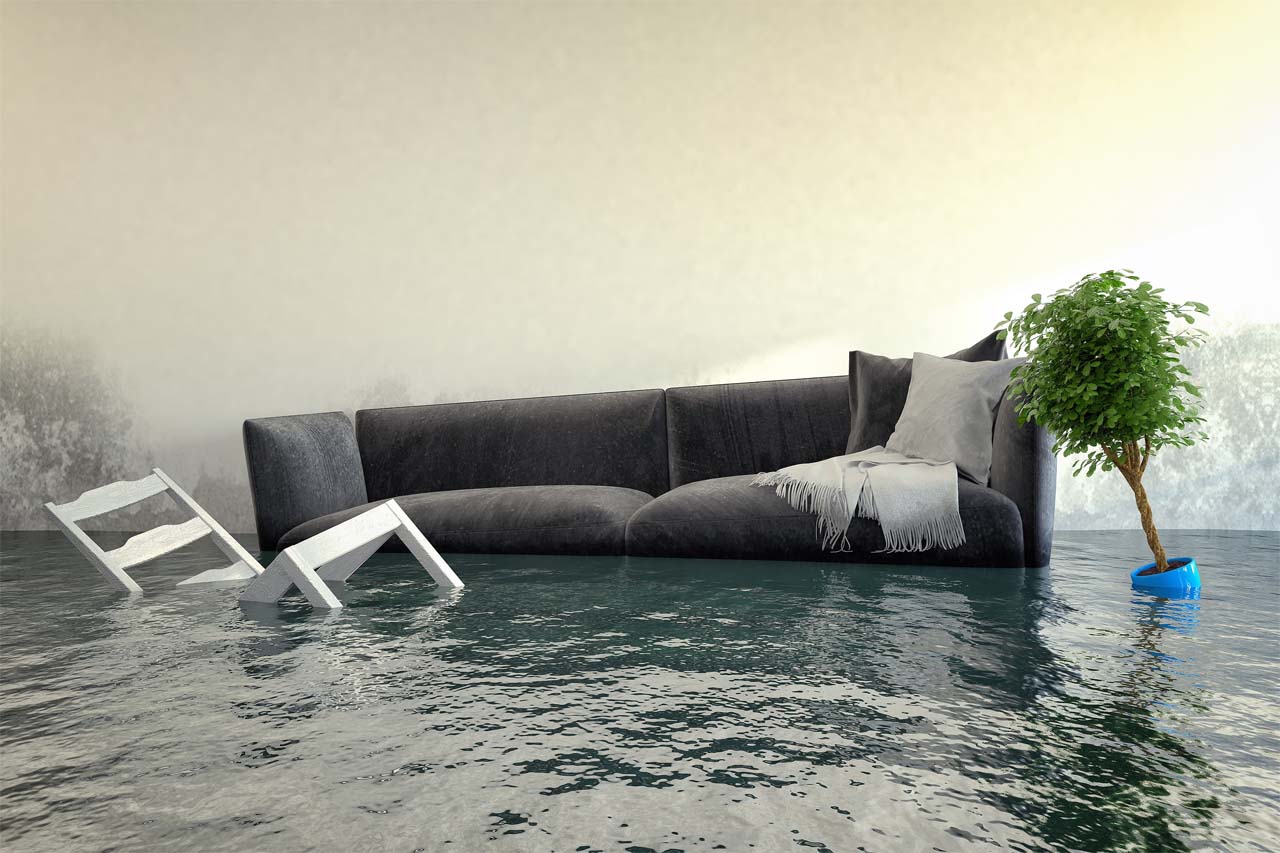Table of Contents
Can you protect your home from floods?
There’s no getting away from the fact that floods can be devastating. As well as destroying your treasured belongings, floods can literally cause your house to fall apart. The aftermath of a flood can be extremely difficult to come to terms with. Flood Services offers emergency water damage restoration services.
How does flood water enter your home?
In order to determine the best preventative techniques, you must first understand the ways in which water will enter your home. So how does floodwater enter a property?
There are a number of routes that the water may follow, the most common of which is through the ground. It’s possible that floodwater may take advantage of gaps in the flooring of property and ascend through weak floorboards, destroying all materials in their way. Water may also enter the home through doors and patios. Doors are often the least impermeable parts of a property and, if not sealed properly, can allow large amounts of water to come through quickly. Likewise, windows are weak points. However, in most cases, it’s unlikely that the water level will reach window height.
Another way water can find its way in is through air bricks on exposed walls. Air bricks – also known as ventilation bricks – are used in construction to achieve the required levels of ventilation, to avoid the air within a property becoming stale and humid. A humid living environment can quickly become overgrown with mold and dampness, which can lead to a range of health risks. Though intended for a good purpose, air bricks create an easy route for flood water to enter.
Additionally, if enough pressure is created by flooding, it can actually cause the flow of water to reverse. This may send dirty water back up any drains and pipes connected to the house, where it can then enter through toilets and sinks.
Ways to protect your home
Whilst it’s impossible to completely flood-proof your home, there are various ways that you can both prevent water from entering your home and control the amount of damage caused. Known as flood resistance and flood resilience, these strategies can significantly reduce the long-term consequences of flooding.
Resistance
Resistance refers to preventing the flood water from entering the building in the first place. In all cases, prevention is the best solution.
There are a number of measures you can take to attempt to make your home flood-resistant:
Air brick covers
As mentioned previously, air bricks on exposed walls are a major downfall when it comes to flooding. To deal with this, you should invest in purpose-made, waterproof air brick covers which can be securely fitted over the bricks to avoid water getting through.
Removable guards
Removable guards are a great idea to prevent floodwater from entering through your doors, windows, and floors. Waterproof and easy to use, guards are a versatile option for flood protection with proven results.
Sandbags
Before the invention of purpose-designed flood products, many households opted for sandbags to protect their homes. Though sandbags may no longer be the most effective method overall, they still work well for short periods of time when used in conjunction with other equipment. They work by providing a raised threshold to block floodwater from flowing through exposed walls and external doors.
One-way valves
One-way valves can be attached to an array of different pipes in an attempt to prevent water from flowing back up through the pipes and into the home. Also known as non-return valves, these tools are an excellent way of avoiding dirty water from contaminating your property.
Pump and sump systems
As an alternative to one-way valves, you can opt for a pump and sump system. Installing a pump and sump system works by draining excess water from below floor level faster than it rises, stopping it from reaching the infrastructure of your building.
Landscaping
In addition to fitting protection methods to your home, you can landscape your garden in such a way as to divert water away from your property. Though reasonably effective, this technique can be costly and requires professional assistance.

